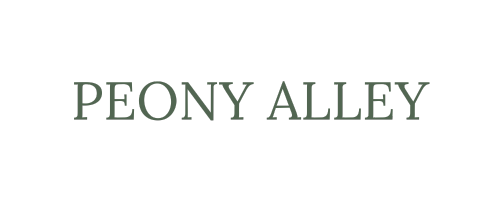Bamboo has long been celebrated for its sustainability, strength, and versatility. This remarkable plant offers numerous benefits, whether used in construction, textiles, or everyday household items. However, like any material, bamboo also has its drawbacks. In this article, we delve into the pros and cons of bamboo, weighing its environmental impact and practical applications.
Understanding Bamboo
What is Bamboo?
Bamboo is often mistaken for a tree, but it is a member of the grass family. With over 1,500 species growing in diverse climates worldwide, bamboo stands out for its rapid growth and resilience. Some species can grow up to three feet in a single day, making bamboo one of the fastest-growing plants on Earth. Due to its impressive strength and versatility, bamboo is widely used in various industries, from construction and home decor to clothing and household products.
The Benefits of Bamboo
Environmental Impact
Bamboo is frequently lauded for its eco-friendly properties. Its ability to grow quickly without the need for pesticides or fertilizers makes it a highly sustainable resource. Additionally, bamboo helps prevent soil erosion, promotes water retention, and absorbs significant amounts of carbon dioxide while releasing high oxygen levels. Bamboo requires far less water than traditional crops like cotton, making it a more sustainable choice for fabric production.
Strength and Durability
Bamboo is not only lightweight but also incredibly strong. Its tensile strength is comparable to steel, making it an excellent material for construction and home applications. Its natural resistance to pests and decay also reduces the need for chemical treatments, enhancing its environmental benefits.
Versatility
Bamboo's versatility is nearly unmatched, from clothing and bedding to home decor, construction materials, and even kitchenware. Its natural beauty and durability make it a preferred choice for eco-conscious consumers looking for sustainable alternatives to hardwood, plastics, and synthetic textiles.
The Drawbacks of Bamboo
Invasiveness
One of bamboo’s significant downsides is its invasive nature, particularly in the case of running bamboo species. Without proper containment, bamboo can spread rapidly, encroaching on other plant life and becoming difficult to control. While clumping bamboo varieties are less aggressive, careful management is still required to prevent unwanted growth.
Environmental Concerns in Production
Although bamboo cultivation is environmentally friendly, processing bamboo textiles can be problematic. Many bamboo fabrics, such as bamboo rayon, require chemical-intensive processes that can produce pollution. Additionally, transporting bamboo from its native regions to global markets contributes to its carbon footprint.
Quality Variability
As bamboo continues to gain popularity, differences in quality across products have emerged. The lack of industry-wide regulations means some bamboo products may not meet high sustainability or durability standards. Researching and choosing reputable brands that prioritize responsible sourcing and processing methods is essential.
Conclusion
Bamboo is undeniably one of the most sustainable materials available today, offering a renewable and versatile alternative to many conventional materials. While there are some concerns regarding its invasiveness and processing, the overall benefits of bamboo outweigh its drawbacks when sourced responsibly. By making informed purchasing decisions, consumers can enjoy the many advantages of bamboo while minimizing its environmental impact.
Frequently Asked Questions
What are the disadvantages of bamboo? Bamboo can be invasive, requiring careful management. Additionally, some bamboo textiles involve chemical processing, and the transportation of bamboo products contributes to their carbon footprint.
What are the advantages of bamboo? Bamboo is fast-growing, does not require pesticides or fertilizers, uses less water than cotton, and is biodegradable. It is also incredibly strong and versatile, making it a sustainable material for various applications.
Why is bamboo a good choice? Bamboo is an eco-friendly, renewable resource that can be used for clothing, construction materials, home decor, and more. It grows rapidly, requires minimal maintenance, and has a lower environmental impact than many conventional materials.
Is helpful bamboo or harmful? Bamboo is generally a valuable and sustainable material, providing a green alternative to plastics and hardwoods. However, its impact depends on responsible cultivation and production methods.



